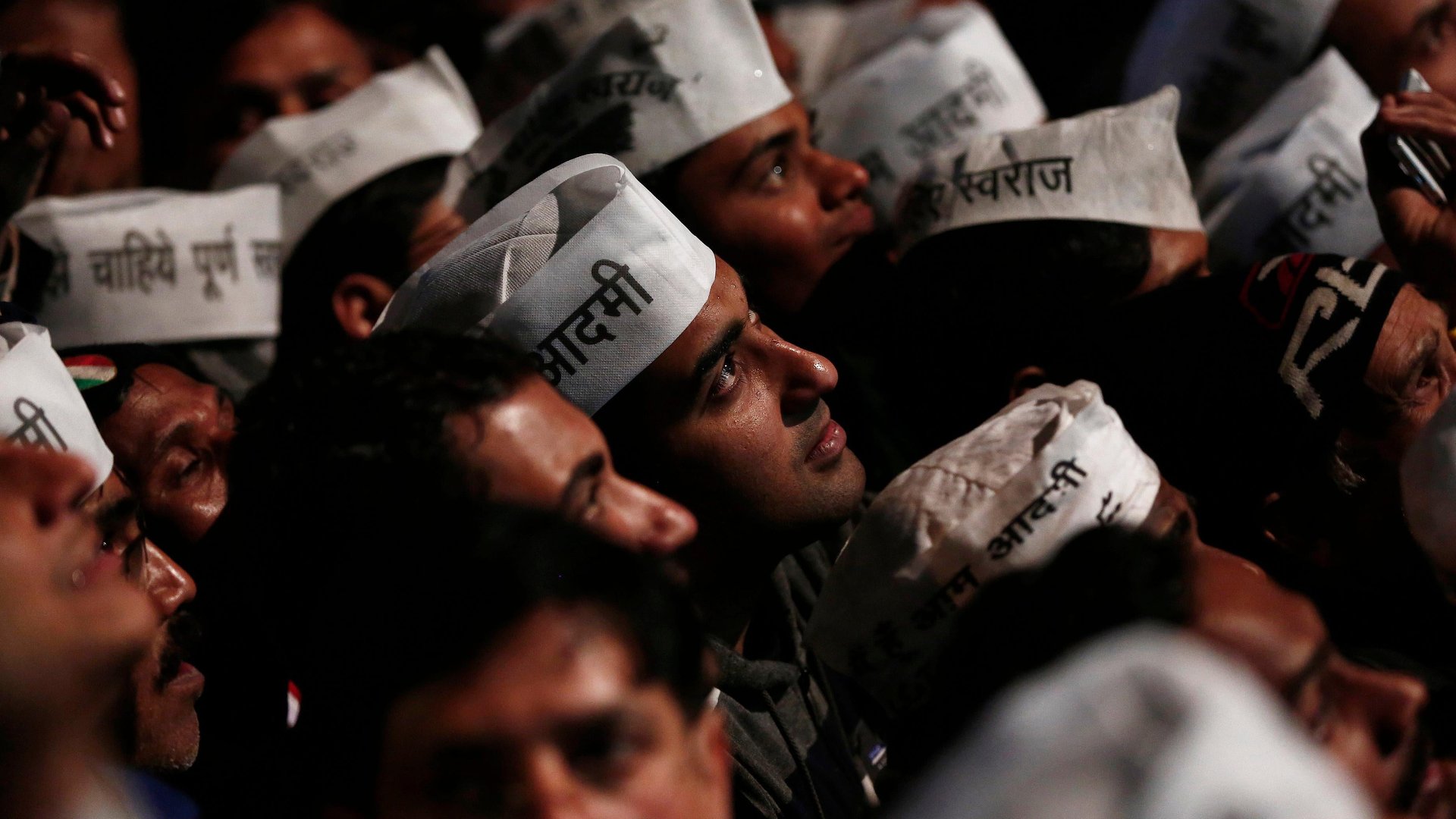Freebies offered by Indian states cost the poor their quality of life
They translate into lower capital expenditure on health, education, air, and water.

Reckless spending by Indian state governments on freebies have historically attracted voters, but it means trading off a good quality of life.
Splurging on populist measures like free electricity and bus rides often result in serious budgetary crises.
“Freebies are never free...when parties offer schemes, they must be required to make the financing and such trade-offs clear to voters. This would reduce the temptation towards competitive populism,” Ashima Goyal, a member of the Reserve Bank of India’s (RBI) monetary policy committee, told PTI yesterday (Aug. 21).
Such freebies and subsidies, she said, translate to lower capital expenditure on health, education, and other more important needs.
“Reducing the quantum of subsidies by ensuring that only the deserving receive them will free up resources to invest in health, education, agriculture, R&D, and rural infrastructure, which will help create more jobs and reduce poverty on a sustainable basis,” a report by the RBI (pdf) said.
Reckless freebies, on the other hand, hurt state finances by imposing large indirect costs. In this fiscal, various Indian state governments have already announced over 1 lakh crore rupees ($12.5 billion)-worth of welfare schemes and subsidies.
The theory of good and bad subsidies
Only states with revenue surplus must give out freebies and subsidies, according to KR Shanmugam, the director of the Madras School of Economics.
In 2021-22, however, only 11 of the 28 Indian states recorded surplus revenue.
Shanmugam also calls for a distinction to be made between good and bad subsidies. “The good ones do not impact other sectors, distort prices, while uplifting the targeted populace...bad subsidies have a negative effect on the other sectors,” he told IANS.
Over half of state expenditures are pre-committed
Expenditure on freebies should range from 0.1%-2% of states’ GDPs.
Some states, however, are faced with an acute problem: Subsidies provided by highly-indebted ones such as Andhra Pradesh, Madhya Pradesh, and Punjab cost them 14.1%, 10.8% and 17.8%, respectively, of their revenue receipts.
Adding committed expenses like salaries, pension, and interest outgo to subsidies, 16 states saw their overall expense eat into 56% of their revenue in the financial year 2022-23, a note by SBI Research has suggested. This was up from 54.7% in the previous financial year.
In such a situation, states typically tend to borrow more, adding further to their own financial burden.
